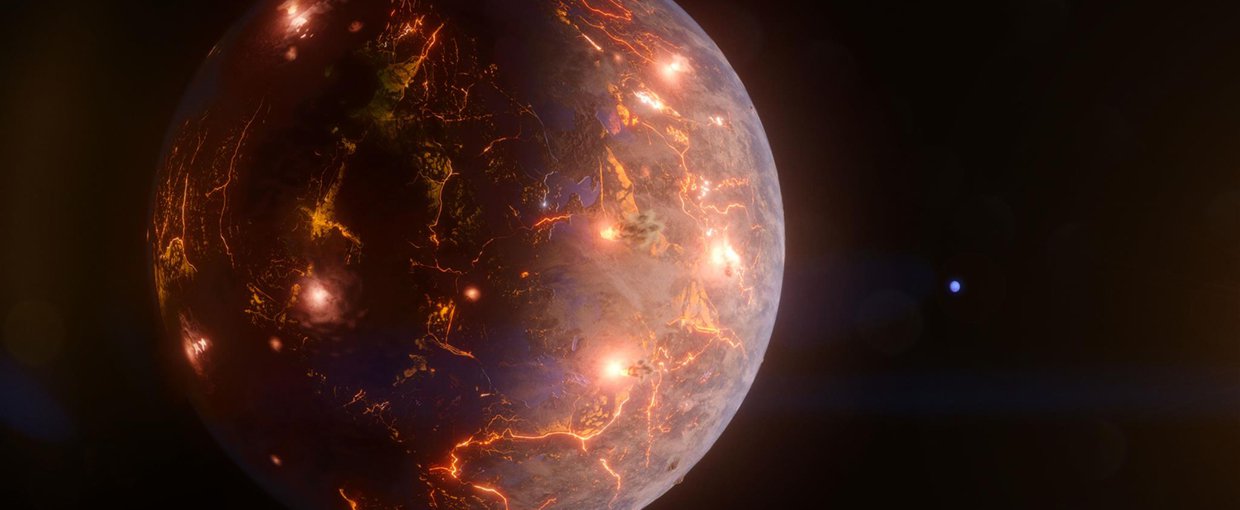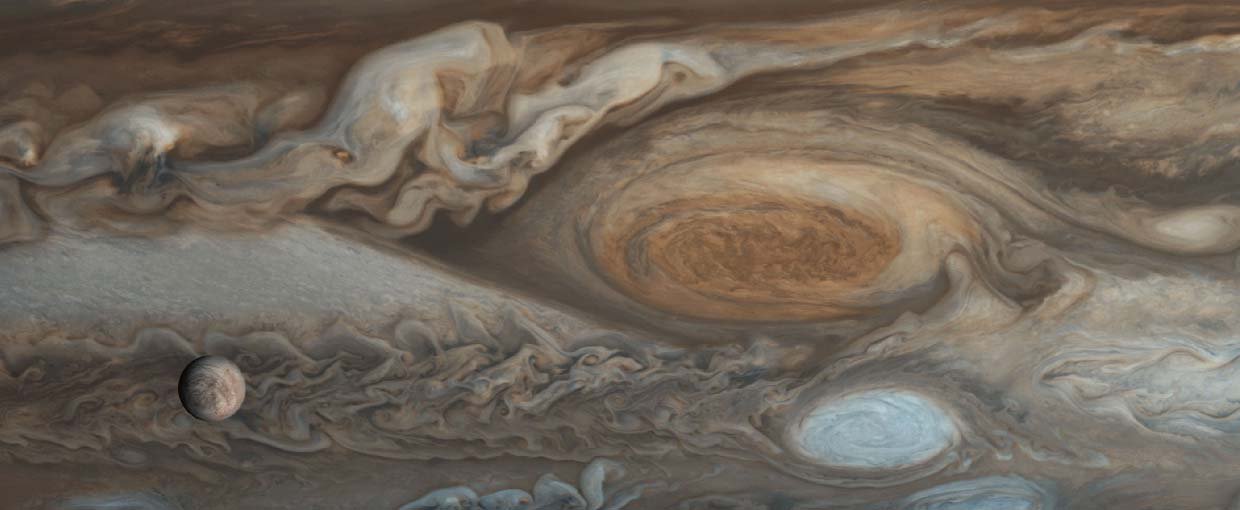Dattagupta, S., Schaperdoth, I., Montanari, A., Mariani, S., Kita, N., Valley, J. W., & Macalady, J. L. (2009). ISME J, 3(8), 935–943. doi:10.1038/ismej.2009.34
Eriksen, K. A., Arnett, D., McCarthy, D. W., & Young, P. (2009). The Astrophysical Journal, 697(1), 29–36. doi:10.1088/0004-637x/697/1/29
Gaidos, E., Krot, A. N., Williams, J. P., & Raymond, S. N. (2009). The Astrophysical Journal, 696(2), 1854–1863. doi:10.1088/0004-637x/696/2/1854
Hogerheijde, M. R., Qi, C., De Pater, I., Blake, G. A., Friedel, D. N., Forster, J. R., … Palmer, P. (2009). The Astronomical Journal, 137(6), 4837–4845. doi:10.1088/0004-6256/137/6/4837
Jewitt, D., Yang, B., & Haghighipour, N. (2009). The Astronomical Journal, 137(5), 4313–4321. doi:10.1088/0004-6256/137/5/4313
Konhauser, K. O., Pecoits, E., Lalonde, S. V., Papineau, D., Nisbet, E. G., Barley, M. E., … Arndt, N. T. (2009). Nature, 458(7239), 750–753. doi:10.1038/nature07858
Kopparapu, R. K., Raymond, S. N., & Barnes, R. (2009). The Astrophysical Journal, 695(2), L181–L184. doi:10.1088/0004-637x/695/2/l181
Lammer, H., Bredehöft, J. H., Coustenis, A., Khodachenko, M. L., Kaltenegger, L., Grasset, O., … Prieur, D. (2009). The Astronomy and Astrophysics Review, 17(2), 181–249. doi:10.1007/s00159-009-0019-z
Qiu, X., Zhu, J., Oiler, J., Yu, C., Wang, Z., & Yu, H. (2009). Applied Physics Letters, 94(15), 151917. doi:10.1063/1.3122342
Raymond, S. N., Barnes, R., Veras, D., Armitage, P. J., Gorelick, N., & Greenberg, R. (2009). The Astrophysical Journal, 696(1), L98–L101. doi:10.1088/0004-637x/696/1/l98



